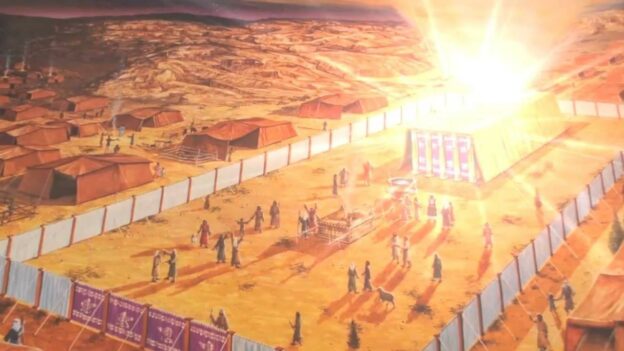The word mikdash in the pasuk “They shall make for Me a mikdash so that I may dwell among them” (Shemos 25:8) should, by reason, be mishkan, as various meforshim point out. It is, after all, a directive to build the mishkan, the temporary sanctuary not the final edifice, the Beis Hamikdash.
Another anomaly in the pasuk is the change of object, from “They shall make for me a mikdash” to “and I will dwell in them.”
The simple approach to that latter incongruity is that the second phrase is, in effect, a new sentence, and that its object (the people) is different from the object of the first sentence (the mikdash). So that the pasuk is rendered: “Let them make me a mikdash. [And that structure will make it possible for me] to dwell among [the people].”
What occurs, though, is that a key to the second curiosity may lie in the earlier problem, the unexpected use of mikdash for the mishkan.
To wit: The mishkan may not actually be a mikdash, but kiddush is what it does: It effects a kiddush Hashem. It declares Hashem’s glory to the people and the world.
We Jews are charged with being mekadshei Hashem, too. Not only, when required, to die al kiddush Hashem, but also to live al kiddush Hashem, to proclaim, by our demeanor and deeds, the glory of Hashem to other Jews and beyond.
So perhaps the use of the word mikdash for the mishkan is meant not to define the structure but, rather, to describe what it does. And the second part of the pasuk could be alluding to the fact that what the mishkan does – namely, creates kiddush Hashem – is what we as Jews are likewise to do in every era of history, that we are to be walking, talking batei mikdash – mekadshei Hashem.
And so, as a result, Hashem says, vishachanti bisocham, I will dwell in them, in their essences, in who they are, mekadshei Hashem.
© 2025 Rabbi Avi Shafran
